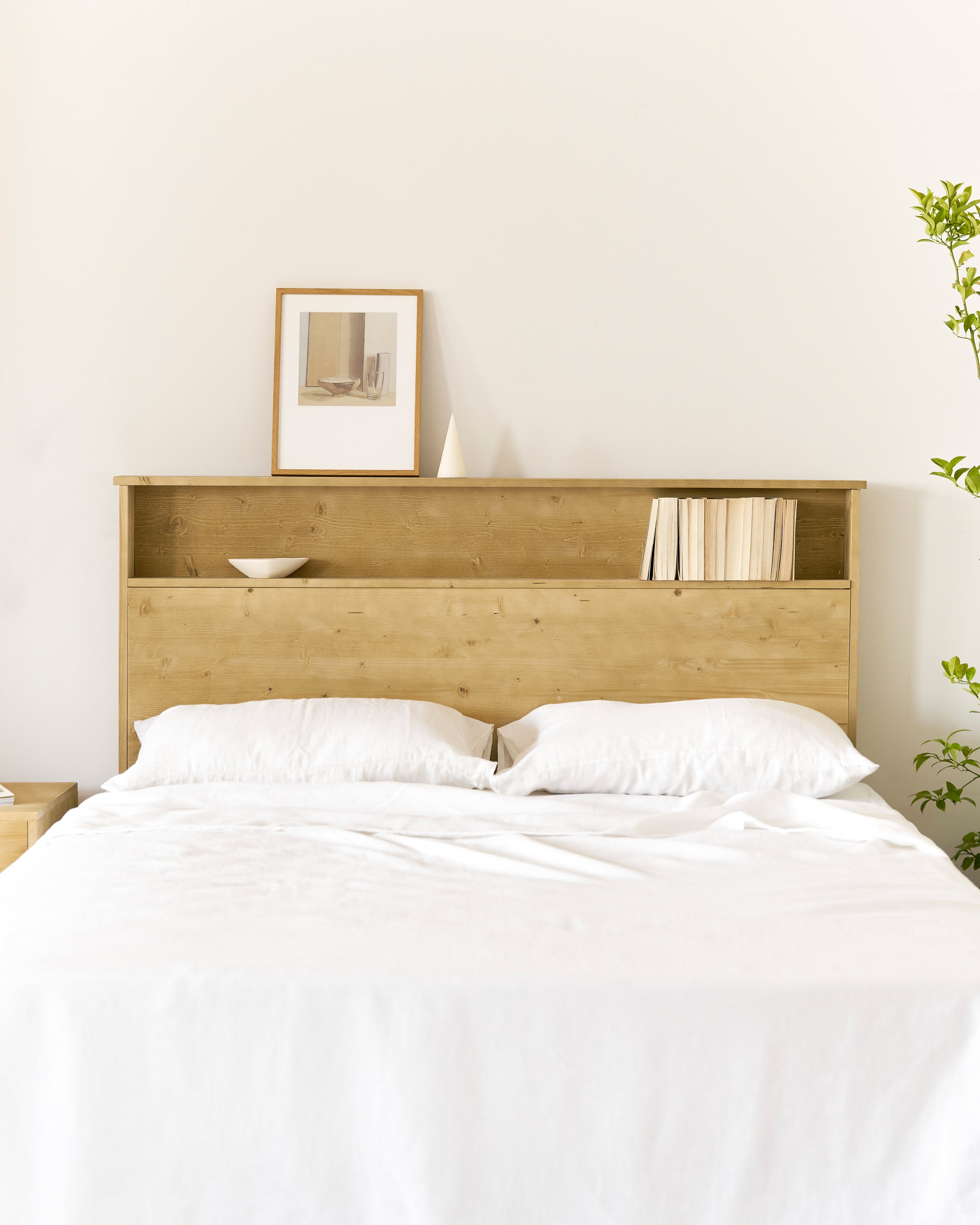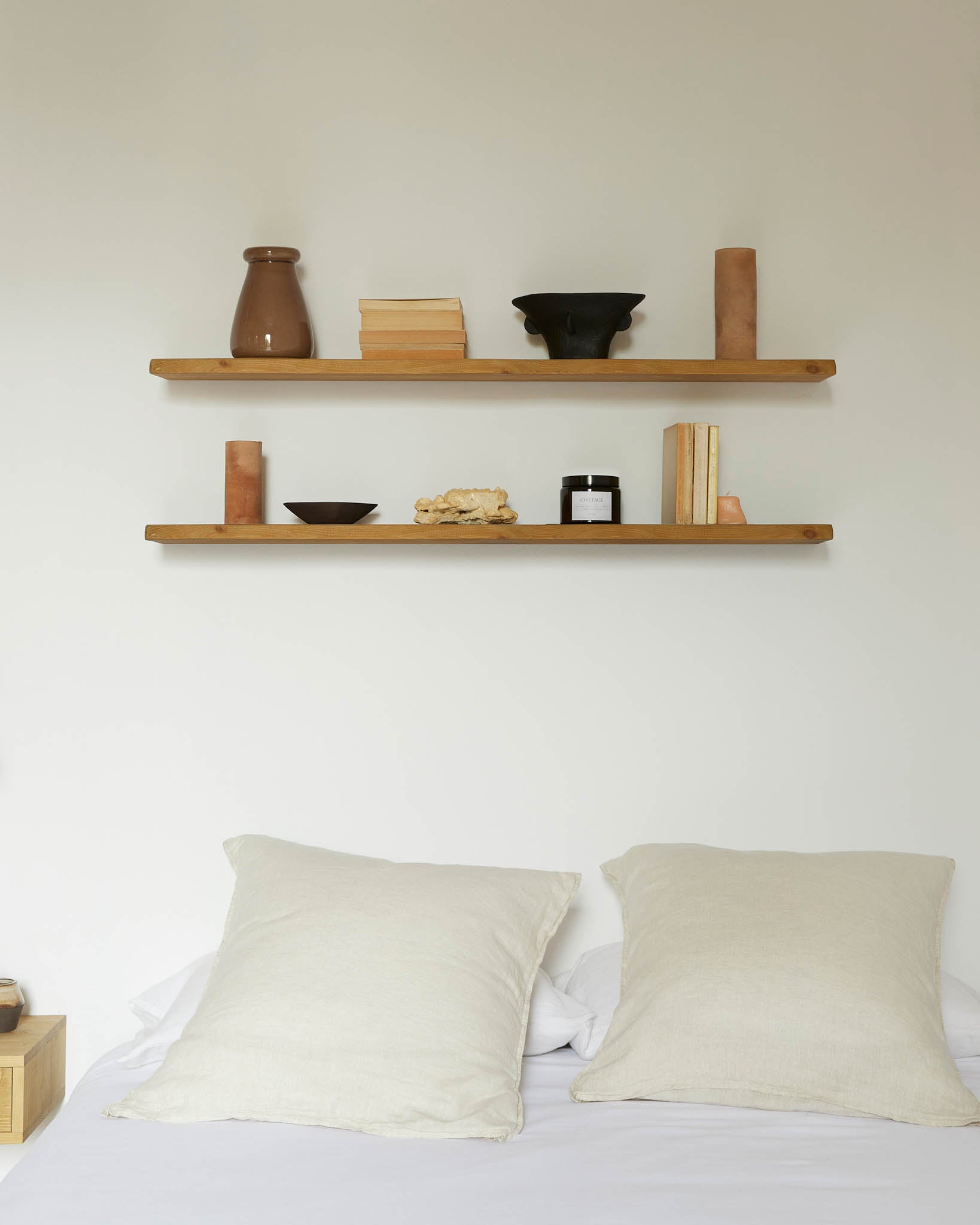Every year, the textile industry generates millions of tons of waste. One of the main problems this industry faces is the difficulty of recycling fibers since most of them are not of natural origin and are mixed with different chemicals. Therefore, at Hannun, we always choose fibers of natural origin to manufacture our textile products.
This article gives you some ideas for dressing your dining room table with style while taking care of the planet. Take note!
What are natural textile fabrics?
When we talk about natural textiles, we mean those made of 100% vegetable or animal fibers. As for vegetable fibers, the strand is extracted directly from the source. Therefore, it does not require any chemical process, as is the case with synthetic fibers.
At Hannun, we take pride in avoiding textiles of animal origin, such as wool, silk, or leather. Instead, we focus on vegetable fibers, a crucial piece to responsible and sustainable textile production in the fashion and home textile industries.

Difference between natural and synthetic textile fibers
Synthetic fibers––such as nylon or polyester––are artificial, as they are generated through industrial processes. These fibers, derived from petroleum, are not the best option for the environment since, during their manufacturing process, non-biodegradable toxic gases are emitted into the atmosphere. Reusing or recycling synthetic fibers to create new textiles and prevent them from becoming waste is a sustainable alternative.
On the other hand, producing and handling natural fibers has a low environmental impact since producers can extract the fibers without using industrial machinery that produces greenhouse gases. You can even do the job entirely manually.

Types of natural fibers: sustainable textile materials
Some of the textile fibers of vegetable origin are as popular as linen, cotton, jute, sisal, or hemp. However, even if their source is natural, mistakes are still made during their production, especially in the case of cotton.
More and more voices are warning about the need to control cotton plantations, as they use too much water and numerous chemical pesticides. Luckily, many national and local authorities are becoming aware of the problem and are promoting organic cotton plantations. These have greater control over their irrigation, their production volume, and the use of organic fertilizers.

Tablecloths in denim fabric: The power of upcycling
Quality denim fabric has a thousand lives: you can recycle it to reinvent or completely change the aspect of a product. Promoting the circular economy and the reuse of raw materials is one of our most exciting projects.
For this reason, we collaborate with Back to Eco, a non-profit organization focused on reusing fabrics, particularly 100% denim cotton. This workshop, led by Montse Bayén and Nuria Nubiola, transforms denim fabric into beautiful outdoor cushions and tablecloths, like our Bruce placemats.

Linen tablecloths and napkins
We like linen so much! The fans of natural fibers consider it their favorite. It is the star textile of the summer thanks to its light and refreshing look. Linen is a must-have that should always be on your table, even in small items such as napkins.
For example, Delroi napkins are made entirely of linen of European origin. We could easily list their superpowers: antibacterial properties, incredible softness, and extraordinary washing resistance.

Decorate your table with cotton
We must not forget the fabric par excellence to dress your table: cotton. It is a resistant, 100% natural fabric that has been present in our daily life for centuries.
Our handmade Aimar tablecloth captures the natural essence of this fabric. It is a product of Oriol's workshop in Barcelona, which only uses raw materials from organic farming.

Elegant jute table runners and tablecloths
Dressing your table in jute is like adding a bit of nature to it. Although jute is a rigid fiber commonly used to manufacture more structured elements such as carpets, baskets, or poufs, you can also find individual tablecloths or table runners made of jute mixed with other fibers.
Our Minau table runner, for example, is composed of a mixture of jute (57%) and linen (43%). Its insulating properties and moisture resistance make jute the perfect fiber for your table!

Why choosing sustainable textiles?
The textile industry is one of the most polluting in the world: we must entirely rethink its production model. Sustainable textiles are the best alternative to ensure a cleaner future for our planet. As they do not contain toxic substances, they are biodegradable and safe. Additionally, natural textiles are easily recyclable as their components do not need to be separated, unlike synthetic fabrics.
Moreover, we should not forget the aesthetic and emotional dimensions, as artificial textiles do not provide the same energy as natural ones. Their smell, touch, and sensations are incomparable. It is time to fill your table with sustainability!




















